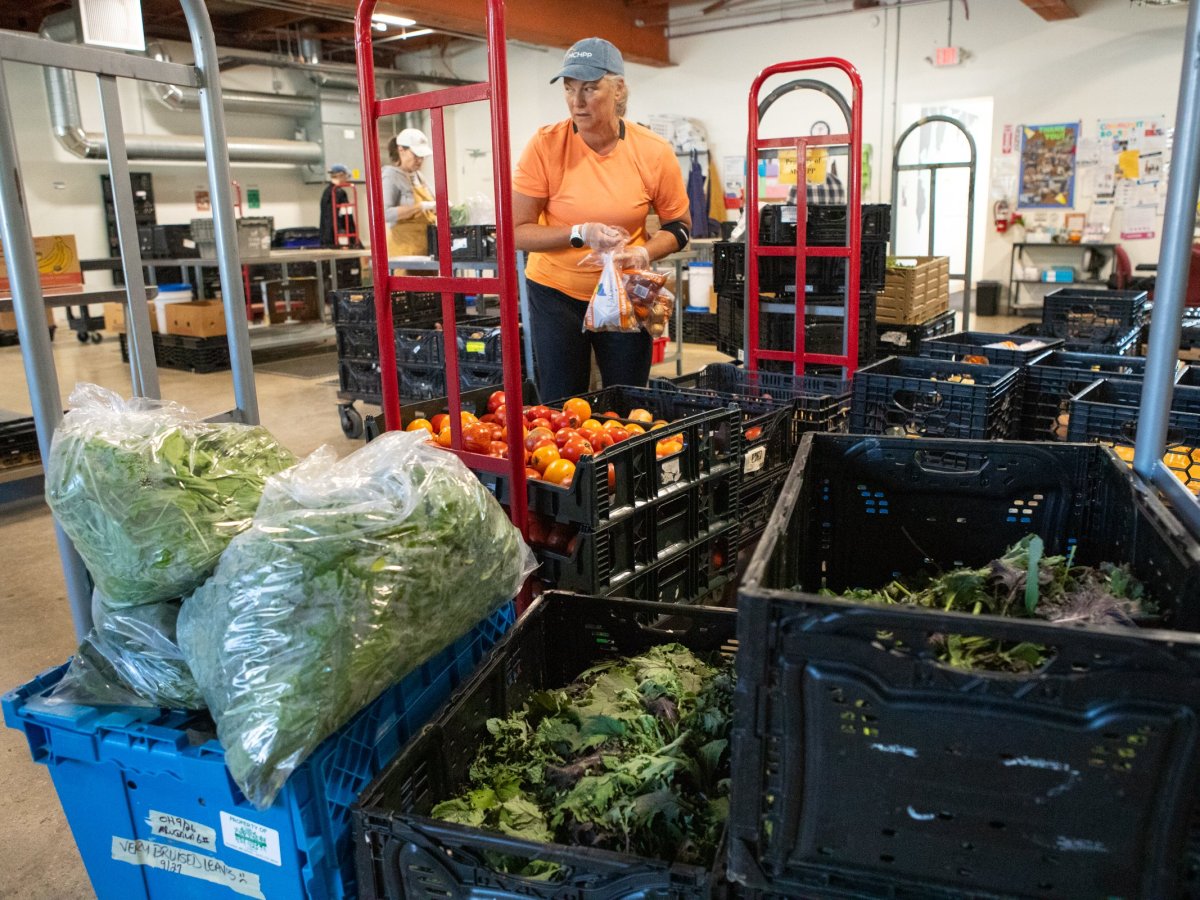Tribes are expanding pantry hours, adding workers and using alternative sources to stock their shelves.
food insecurity
In Vassalboro, harder times means rising need for Thanksgiving boxes | Column
At R.L. Mercantile & Trading Post, Brea Willette teaches about food security and reaches out a helping hand to those in need.
Taylor Swift otter T-shirt auction will help fight hunger in Midcoast Maine
United Midcoast Charities will auction an early copy of the sea otter T-shirt Taylor Swift wore in the “Showgirl” film that is being reissued by a Maine company.
Judges rule Trump administration can’t suspend SNAP during shutdown
In a lawsuit that Maine joined, U.S. District Judge Indira Talwani said the government must pay out at least partial benefits to the millions of Americans — including 170,000 Mainers — who rely on food stamps.
Here’s where SNAP is distributed in Maine
Nearly 170,000 people across the state receive the monthly food assistance benefits.
Northern Franklin County prepares to feed those facing a potential loss of SNAP benefits
From a newly built food pantry at Mt. Abram High School in Salem Township to food drives, individuals and organizations are responding to help their neighbors.
How Mainers are stepping up to help neighbors, food pantries ahead of SNAP funding lapse
Local organizations are trying to bridge the gap for the nearly 170,000 Maine residents who won’t get food stamps in November — and they’re already seeing a swell in much-needed donations and volunteers.
170,000 Mainers won’t get November SNAP benefits. Blame the shutdown.
About 12.5% of Maine’s residents use the assistance program previously known as food stamps, which is already facing historic cuts included in the Republican budget bill passed over the summer.
Gleaning the farm field leftovers that food pantries depend on
Volunteers harvest thousands of pounds of produce that would otherwise be left to rot.
For many older Mainers, covering costs in retirement is a major challenge
Experts say there is a clear divide between people who can afford to live comfortably in retirement — and those whose tight budgets make it difficult to pay for basic needs like food and housing.








